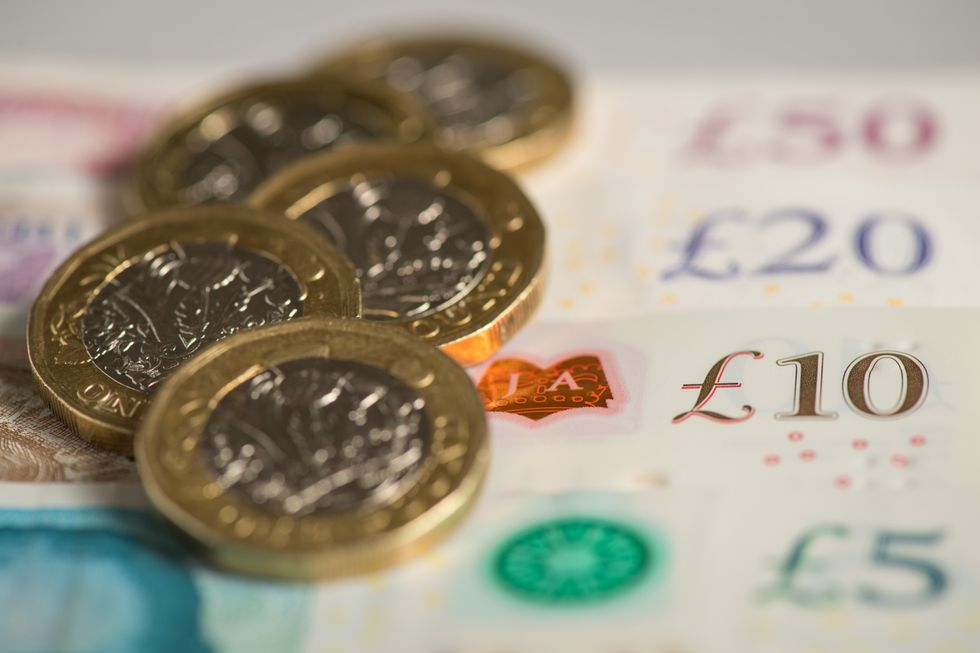Savers warned they could see interest rate boost wiped out with unwanted tax bills

With savings having grown and interest rates increased, savers may now breach the personal savings allowance
Almost 2.75 million taxpayers are expected to pay tax on savings interest this year as improved interest rates take savers above the personal savings allowance
Don't Miss
Most Read
Trending on GB News
Savers who shunned cash ISAs to secure the best interest rates could now be hit with unwanted tax bills that wipe out the extra interest earned, experts have warned.
Savers who used non-ISA accounts, which tend to pay slightly higher interest than ISAs, over the past five years could lose the benefits if they breach the savings allowance, according to calculations by investment platform AJ Bell.
Lower interest rates in recent years have meant many opted not to put money in cash ISAs as the chances of hitting the £1,000 personal savings allowance looked unlikely.
Laura Suter, head of personal finance at AJ Bell, said: “The number of people using an ISA dropped dramatically after the personal savings allowance launched in 2016, as it meant the majority of people wouldn’t pay tax on their savings.

Savers may have shunned cash ISAs in recent years for better interest rates
PA
“On top of that, savers chased the higher returns on offer from non-ISA accounts.
“That logic worked fine while interest rates were low, but now a combination of higher interest rates and more people being pushed into the next tax bracket thanks to frozen allowances means vastly more people are paying tax on their savings.”
The calculations show an individual who saved £10,000 a year for the past five years will have earned an extra £255 by chasing the best rates, opting for non-ISA accounts and switching regularly for the higher-paying options.
However, with savings having grown and interest rates increased, they would now breach the personal savings allowance and need to pay tax on the interest.
If this individual was a basic rate taxpayer, they would have to pay £247 in tax on their savings, almost entirely wiping out the benefit of savings outside of ISAs over the past five years, AJ Bell said.
If they were a higher-rate taxpayer, they’d need to hand £694 over to the taxman this year.
An additional rate taxpayer would pay £1,006 in tax.
If the saver had put away £20,000 annually in each of the past five years, the benefit of using a non-ISA account would be £510, but the tax bill today would be £694 for a basic-rate taxpayer, £1,589 for a higher-rate payer and £2,012 for an additional-rate payer.
LATEST DEVELOPMENTS:

The annual ISA limit is £20,000
PEXELS
People with modest savings pots can use this year’s allowance, which is £20,000 a year.
Ms Suter said: “Those with considerable cash stashes can’t just shovel it into an ISA, as the £20,000 annual limit means it will take multiple years to move their entire cash savings into the tax-free accounts.
“In the meantime, they will be handed tax bills for the interest on their savings. These figures lay bare just how short-termist the move to shun ISAs was. The additional interest generated over the past five years has been wiped out in a single year for most people by the higher tax bills they are now facing.”
She added: “This is a cautionary tale that ISAs aren’t just for times of high interest rates or when you’ve hit the tax-free personal savings allowance limit, it’s a good idea to consider them far before you’re hit with a tax on your savings to ensure you protect your money from the taxman’s clutches in the future.”







